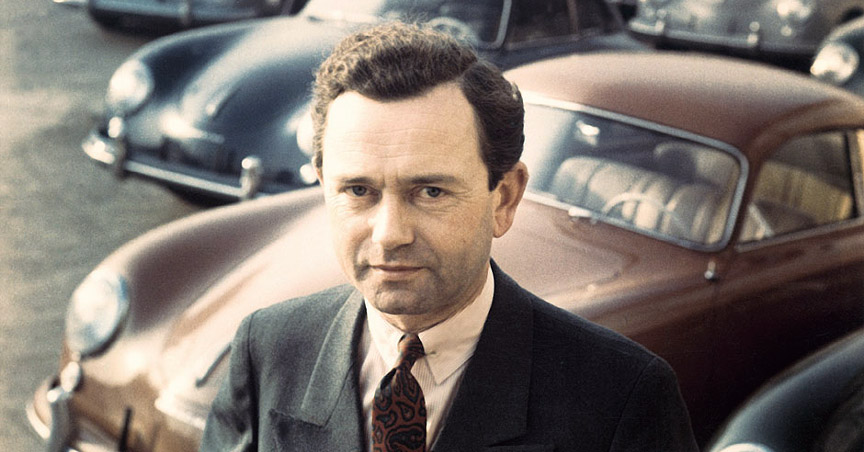Ferry Porsche
1909 – 1998
Born on September 19, 1909, of Austrian descent, Ferry Porsche kept the Porsche flame alive when his father was imprisoned in France. Ferry Porsche was one of the first employees to work in his father’s design engineering office, but it is his mark on the company while his father was away that made a huge difference. His realization of a small sports car based on the Volkswagen in collaboration with the head design engineer Karl Rabe (1895-1968) and the body design engineer Erwin Komenda (1904-1966) constituted a new departure for the company (who had mainly design-focused till then) and lead to the Porsche 356. Ferry Porsche founded the company’s global reputation as a producer of successful sports and racing cars in 1948. In doing so, he used the same design principles that his father applied with the Volkswagen (air-cooled horizontally opposed engine in rear), and, at the same time, upheld the racing tradition that his father started.
The Basics
Ferdinand (Ferry) Anton Ernst Porsche, the second child of Ferdinand and Aloisia Porsche, was born on 19 September 1909 in Wiener Neustadt. His sister Louise (1904-1999) was already five years of age. At the time of his birth, his father was employed as a Technical Manager at Austro-Daimler in Wiener Neustadt.
No Subscription? You’re missing out
Get immediate ad-free access to all our premium content.
Get Started



